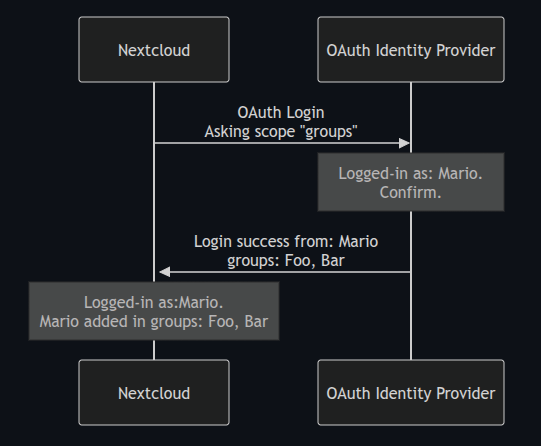Hi everyone,
I've been working on my homelab for a year and a half now, and I've tested several approaches to managing NAS and selfhosted applications.
My current setup is an old desktop computer that boots into Proxmox, which has two VMs:
- TrueNAS Scale: manages storage, shares and replication.
- Debian 12 w/ docker: for all of my selfhosted applications.
The applications connect to the TrueNAS' storage via NFS. I have two identical HDDs as a mirror, another one that has no failsafe (but it's fine, because the data it contains is non-critical), and an external HDD that I want to use for replication, or some other use I still haven't decided.
Now, the issue is the following. I've noticed that TrueNAS complains that the HDDs are Unhealthy and has complained about checksum errors. It also turns out that it can't run S.M.A.R.T. checks, because instead of using an HBA, I'm directly passing the entire HDDs by ID to the VM. I've read recently that it's discouraged to pass virtualized disks to TrueNAS, as data corruption can occur.
And lately I was having trouble with a selfhosted instance of gitea, where data (apparently) got corrupted, and git was throwing errors when you tried to fetch or pull. I don't know if this is related or not.
Now the thing is, I have a very limited budget, so I'm not keen on buying a dedicated HBA just out of a hunch. Is it really needed?
I mean, I know I could run TrueNAS directly, instead of using Proxmox, but I've found TrueNAS to be a pretty crappy Hypervisor (IMHO) in the past.
My main goal is to be able to manage the data that is used in selfhosted applications separately. For example, I want to be able to access Nextcloud's files, even if the docker instance is broken. But maybe this is just an irrational fear, and I should instead backup the entire docker instances and hope for the best, or maybe I'm just misunderstanding how this works.
In any case, I have some data that I want to store and want to reliably archive, and I don't want the docker apps to have too much control over it. That's why I went with the current approach. It has also allowed for very granular control. But it's also a bit more cumbersome, as everytime I want to selfhost a new app, I need to configure datasets, permissions and mounting of NFS shares.
Is there a simpler approach to all this? Or should I just buy an HBA and continue with things as they are? If so, which one should I buy (considering a very limited budget)?
I'm thankful for any advice you can give and for your time. Have a nice day!

